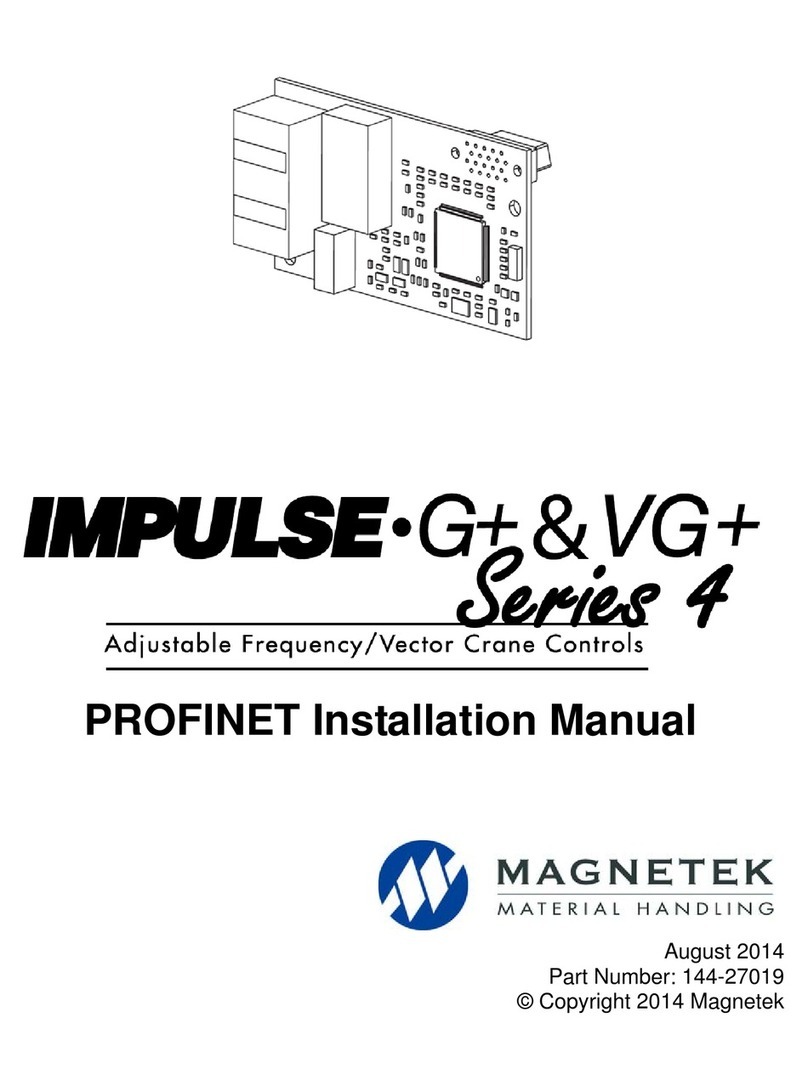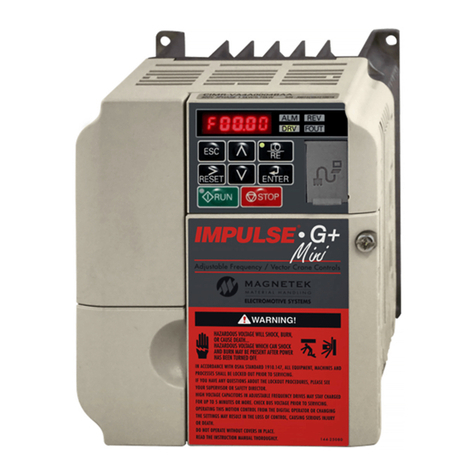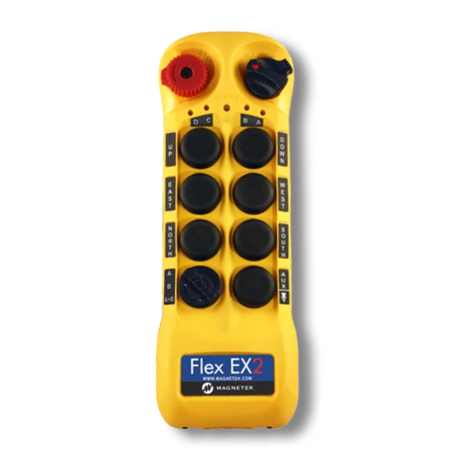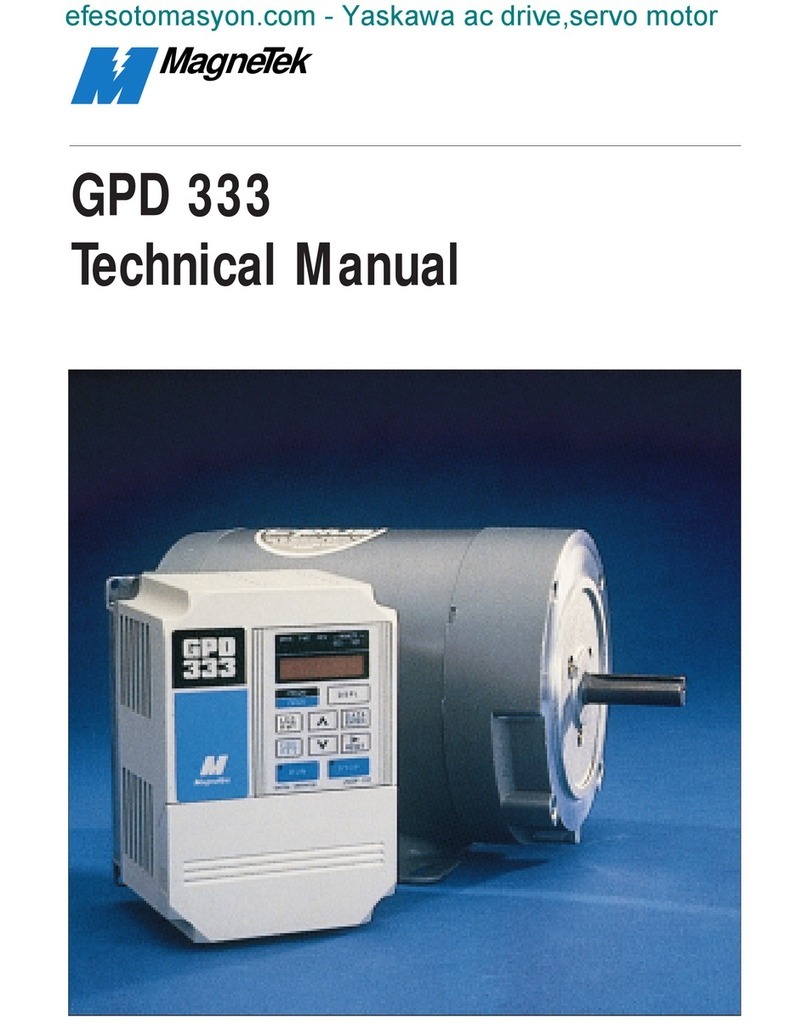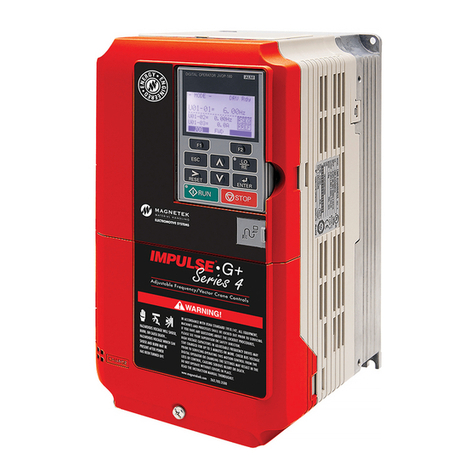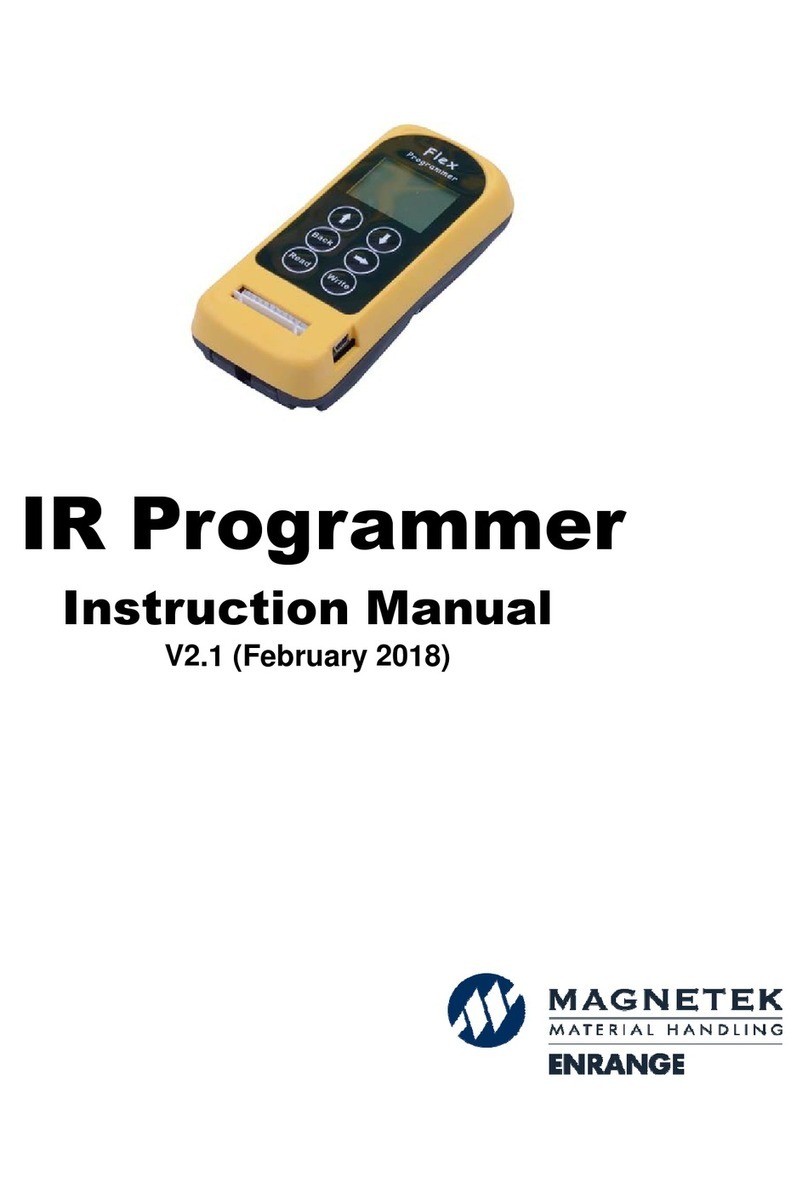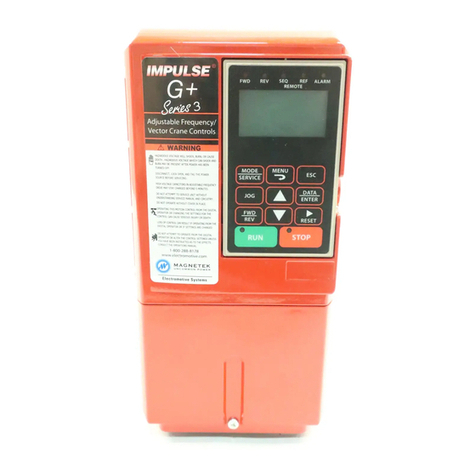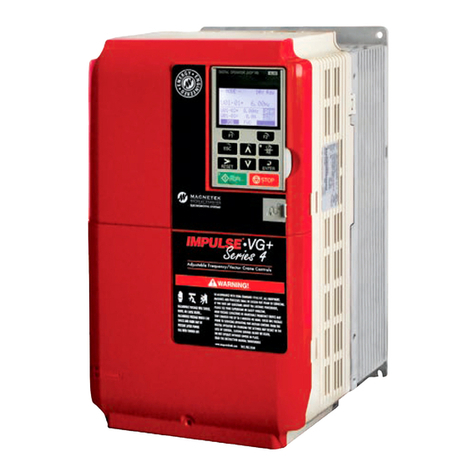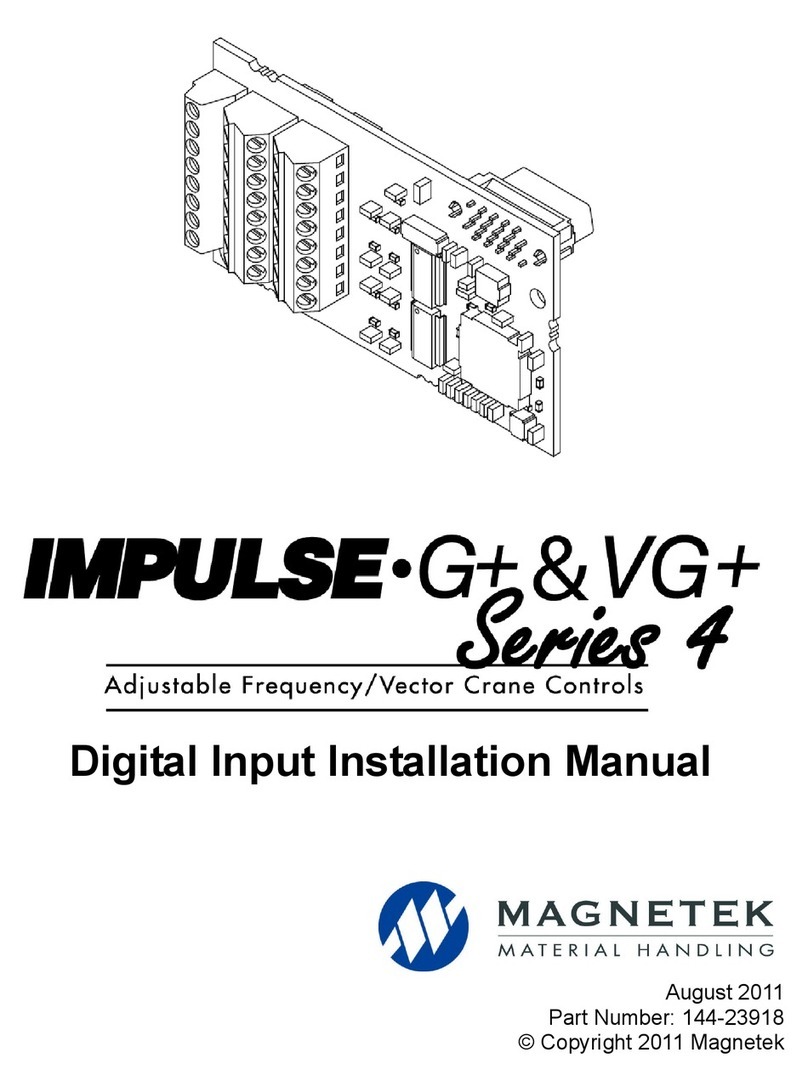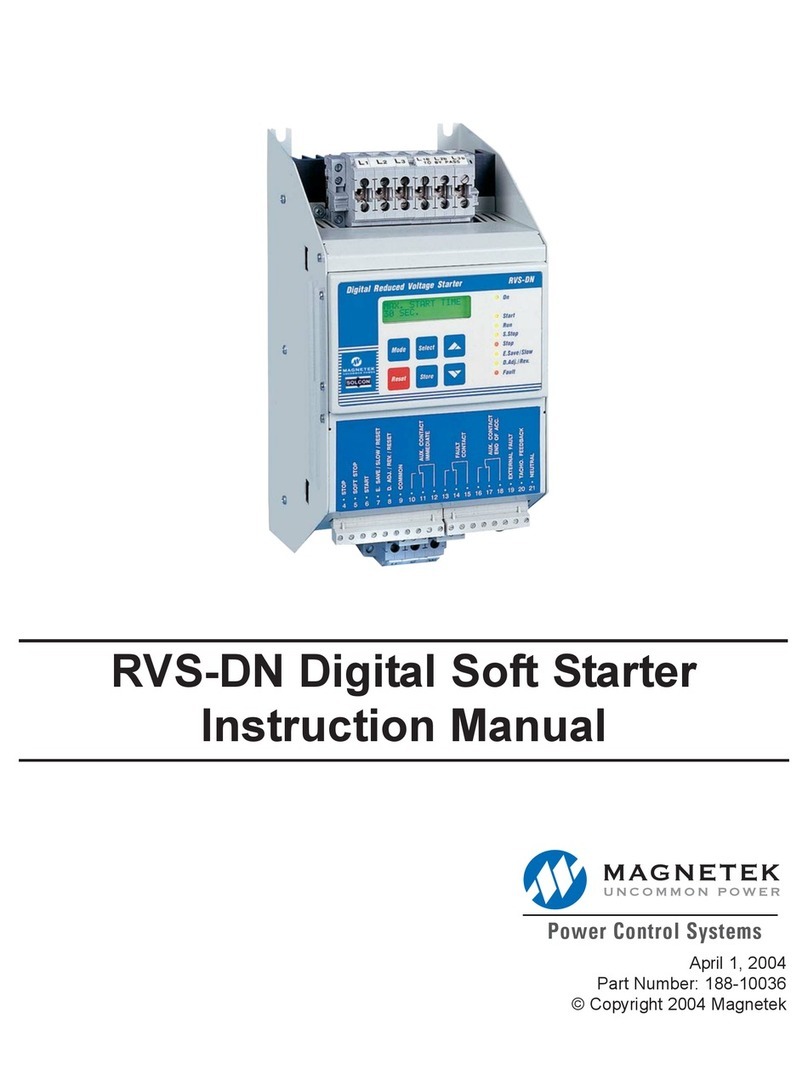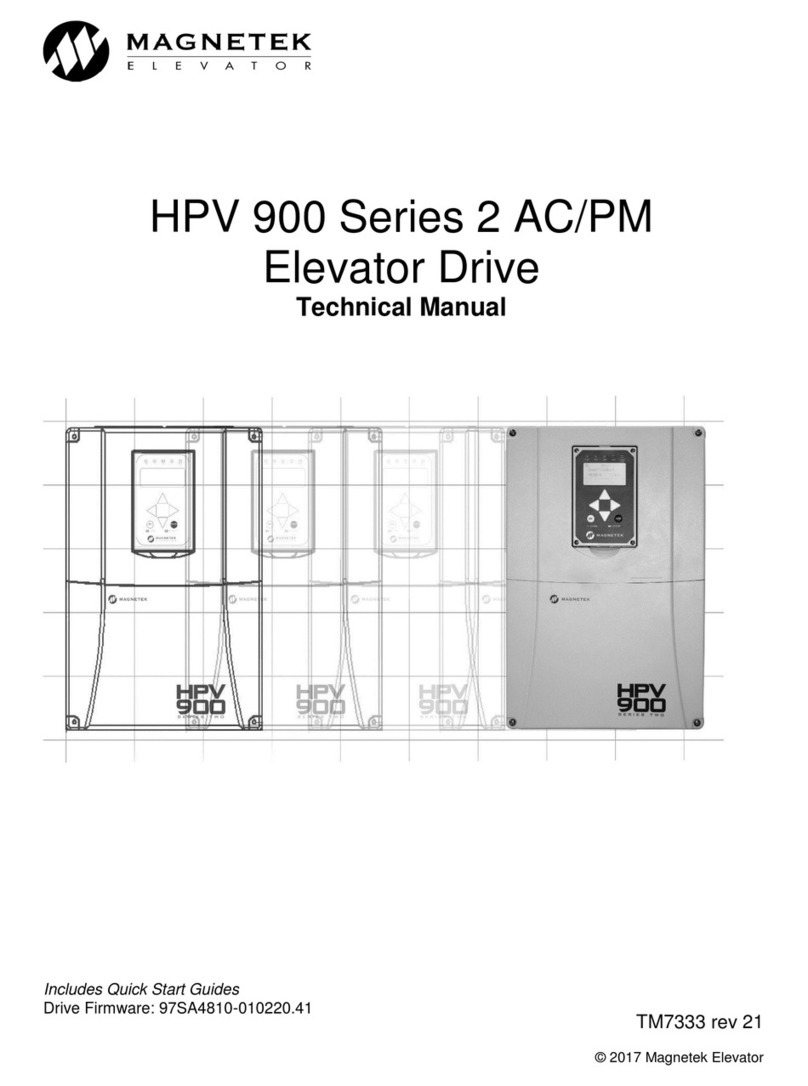
SBN Pendant Station Manual
October 2019
Page 5 of 19
Preface and Safety
©2016 MAGNETEK
All rights reserved. This notice applies to all copyrighted materials included with this product, including,
but not limited to, this manual. This manual is intended for the sole use of the persons to whom it was
provided, and any unauthorized distribution of the manual or dispersal of its contents is strictly forbidden.
This manual may not be reproduced in whole or in part by any means whatsoever without the expressed
written permission of Magnetek.
Product Safety Information
Magnetek, Inc. (Magnetek) offers a broad range of radio remote control products, control products and
adjustable frequency drives, industrial braking systems, and power delivery products for material handling
applications. This manual has been prepared by Magnetek to provide information and recommendations
for the installation, use, operation and service of Magnetek’s material handling products and systems
(Magnetek Products). Anyone who uses, operates, maintains, services, installs or owns Magnetek
Products should know, understand and follow the instructions and safety recommendations in this manual
for Magnetek Products.
The recommendations in this manual do not take precedence over any of the following requirements
relating to cranes, hoists, lifting devices or other equipment which use or include Magnetek
Products:
x Instructions, manuals, and safety warnings of the manufacturers of the equipment where the
Magnetek Products are used,
x Plant safety rules and procedures of the employers and the owners of the facilities where the
Magnetek Products are being used,
x Regulations issued by the Occupational Health and Safety Administration (OSHA),
x Applicable local, state, provincial, or federal codes, ordinances, standards and requirements, or
x Safety standards and practices for the industries in which Magnetek Products are used.
This manual does not include or address the specific instructions and safety warnings of these
manufacturers or any of the other requirements listed above. It is the responsibility of the owners, users
and operators of the Magnetek Products to know, understand and follow all of these requirements. It is
the responsibility of the employer to make its employees aware of all of the above listed requirements and
to make certain that all operators are properly trained.
No one should use Magnetek Products prior to becoming familiar with and being trained in these
requirements and the instructions and safety recommendations for this manual.
Product Warranty Information
Magnetek, hereafter referred to as Company, assumes no responsibility for improper programming of a
device (such as a drive or radio) by untrained personnel. A device should only be programmed by a
trained technician who has read and understands the contents of the relevant manual(s). Improper
programming of a device can lead to unexpected, undesirable, or unsafe operation or performance of the
device. This may result in damage to equipment or personal injury. Company shall not be liable for
economic loss, property damage, or other consequential damages or physical injury sustained by the
purchaser or by any third party as a result of such programming. Company neither assumes nor
authorizes any other person to assume for Company any other liability in connection with the sale or use
of this product.
For information on Magnetek’s product warranties by product type, please visit www.magnetek.com.
